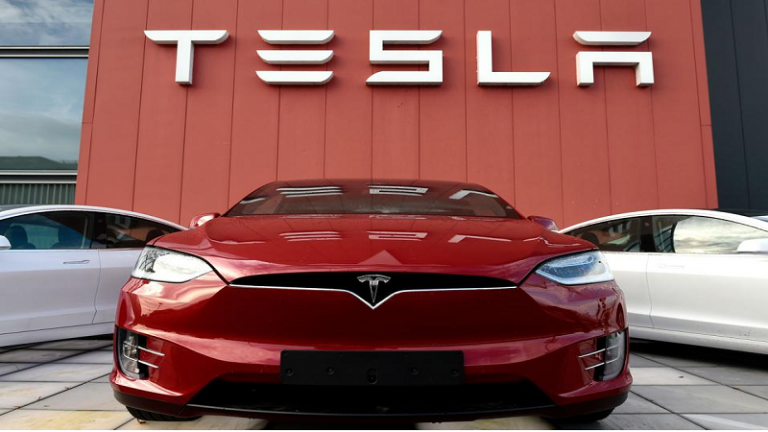
Tesla is not just an electric car company. It is also a leader in artificial intelligence (AI) and machine learning (ML), with ambitious plans to revolutionize the fields of autonomous driving, robotics, and supercomputing. In this blog post, we will summarize some of the key points that Tesla CEO Elon Musk shared in a recent presentation about Tesla’s AI strategy and vision.
FSD: Full Self-Driving
One of the main goals of Tesla is to achieve full self-driving (FSD) capability, which means that the car can drive itself in any situation without human intervention. Tesla has been developing its own custom hardware and software for FSD, using a neural network approach that learns from real-world data collected by millions of Tesla vehicles on the road.
Musk said that Tesla is close to releasing version 10 of its FSD software, which will include significant improvements in functionality and safety. He also said that Tesla plans to launch a subscription service for FSD, which will allow customers to access the feature for a monthly fee.
Register for Tekedia Mini-MBA edition 18 (Sep 15 – Dec 6, 2025) today for early bird discounts. Do annual for access to Blucera.com.
Tekedia AI in Business Masterclass opens registrations.
Join Tekedia Capital Syndicate and co-invest in great global startups.
Register for Tekedia AI Lab: From Technical Design to Deployment.
Optimus: Humanoid Robots
Another exciting project that Tesla is working on is the development of humanoid robots, codenamed Optimus. These robots will use the same hardware and software as the FSD system, but in a different form factor. Musk said that the robots will be able to perform tasks that are boring, repetitive, or dangerous for humans, such as picking up groceries, fixing cars, or building houses.
He also said that the robots will be designed to be friendly and respectful, and that humans will be able to outrun or overpower them if necessary. Musk revealed that Tesla plans to build a prototype of the robot by next year.
Dojo: Supercomputer
The third pillar of Tesla’s AI strategy is Dojo, a supercomputer that will be used to train and optimize the neural networks for FSD and Optimus. Dojo will be one of the most powerful computers in the world, capable of processing exabytes of data at a very high speed.
Elon Musk said that Dojo will use a novel architecture that leverages Tesla’s expertise in chip design and battery technology. He also said that Dojo will be available as a service for other companies and researchers who want to use its computing power for their own AI projects.
Still, some pundits believe Tesla could emerge as the world’s top AI company. Among the reasons: Sensors in Tesla’s cars provide a live, real-world network for data gathering. And Tesla’s back-end infrastructure — including homegrown supercomputer technology — can gather, manage and analyze all of that data.
Admittedly, AI is both a blessing and a burden for the world’s sustainability efforts. While some AI applications allow scientists, universities and businesses to study climate change, the overall AI movement also requires heavy energy use. And of course, some pundits worry AI and robots could ultimately threaten humanity.
Tesla is not only transforming the automotive industry, but also pushing the boundaries of AI and ML. By leveraging its unique advantages in hardware, software, and data, Tesla aims to create products and services that will benefit humanity and solve some of the biggest challenges of our time. We look forward to seeing what Tesla will achieve next with its AI strategy.



